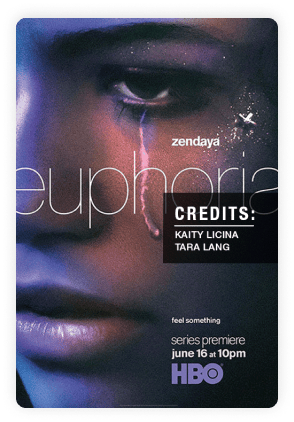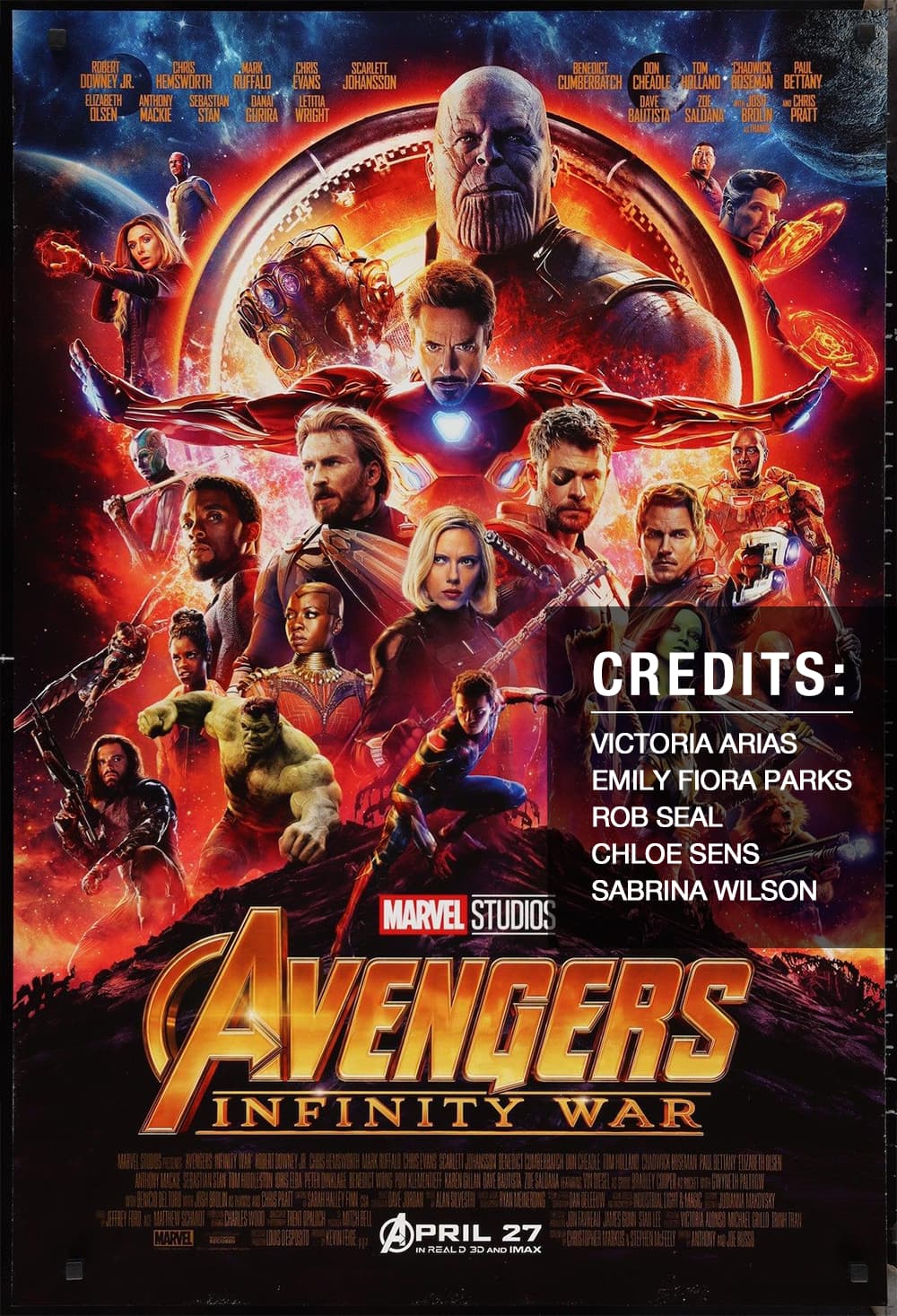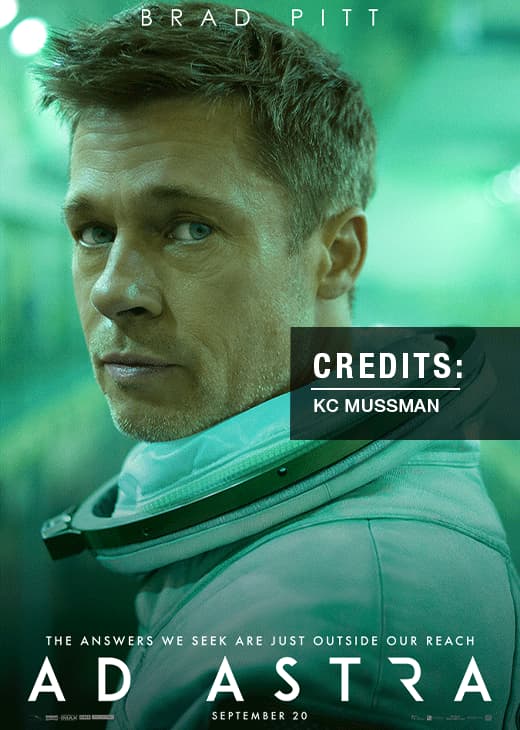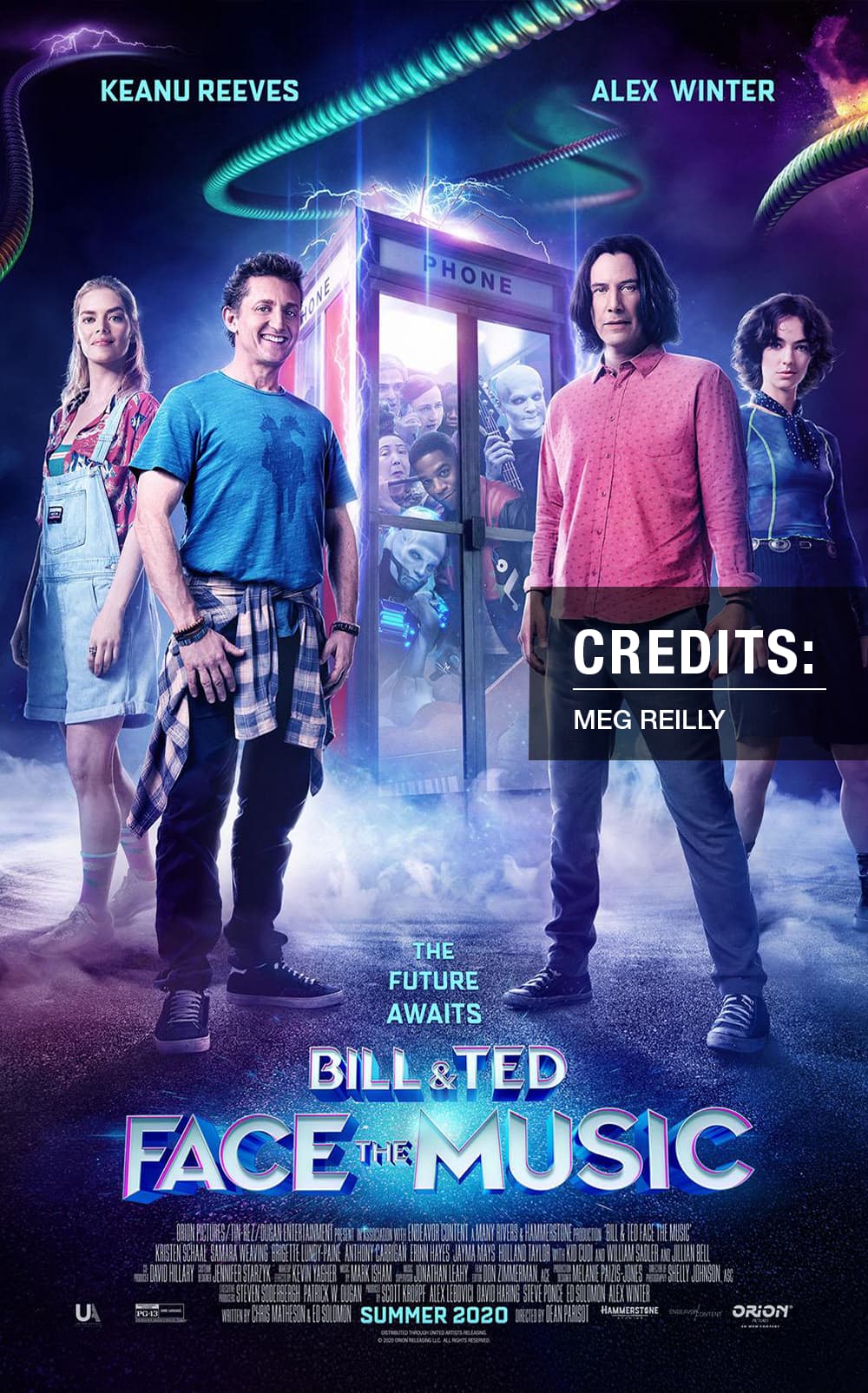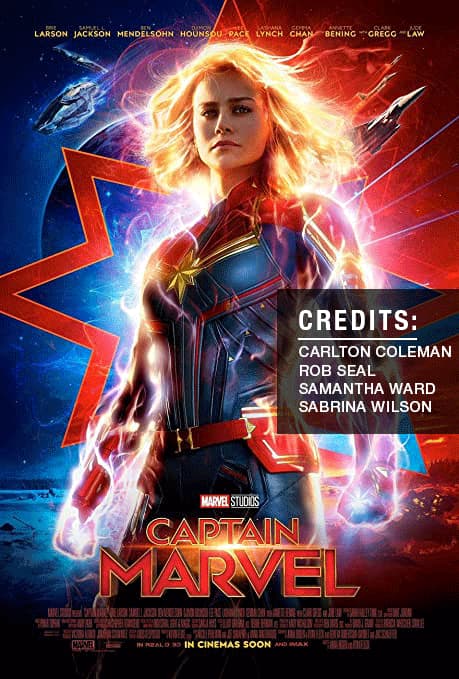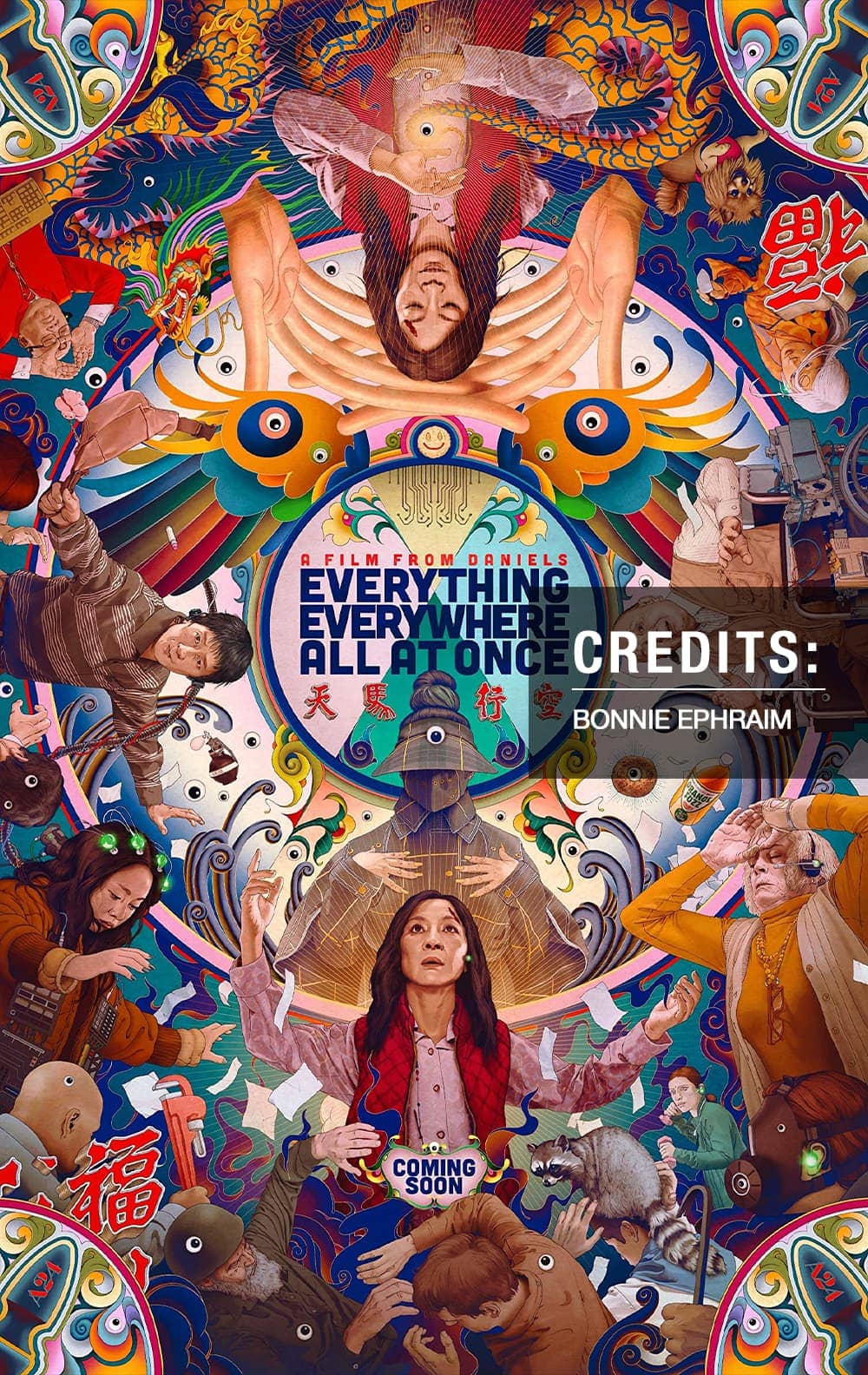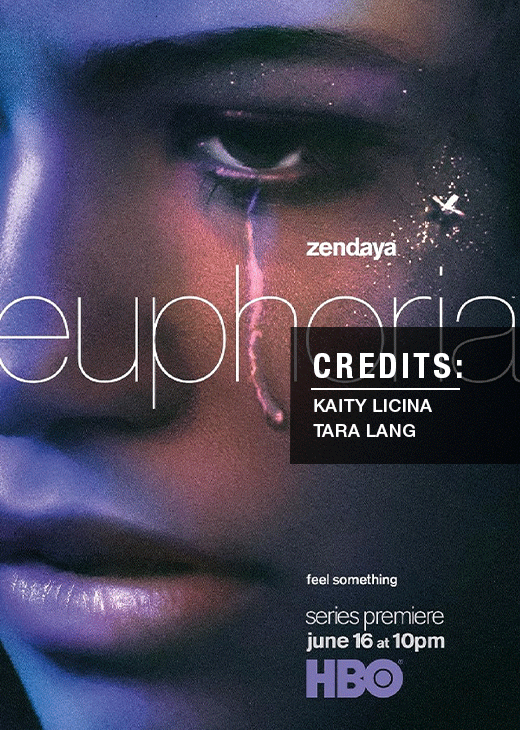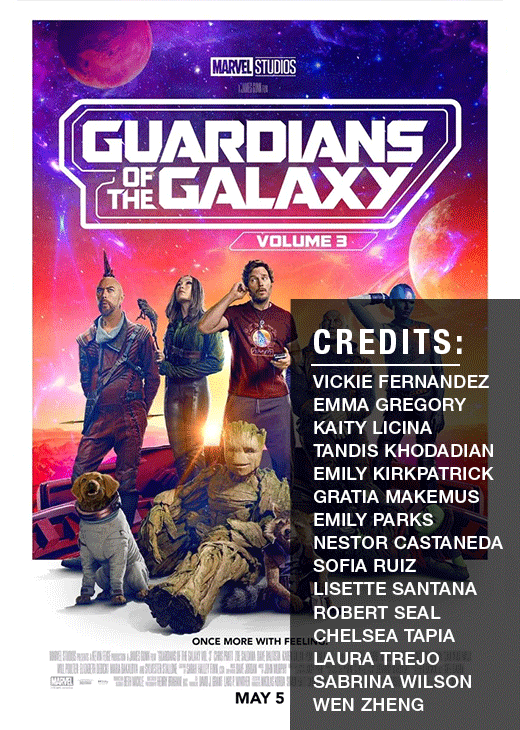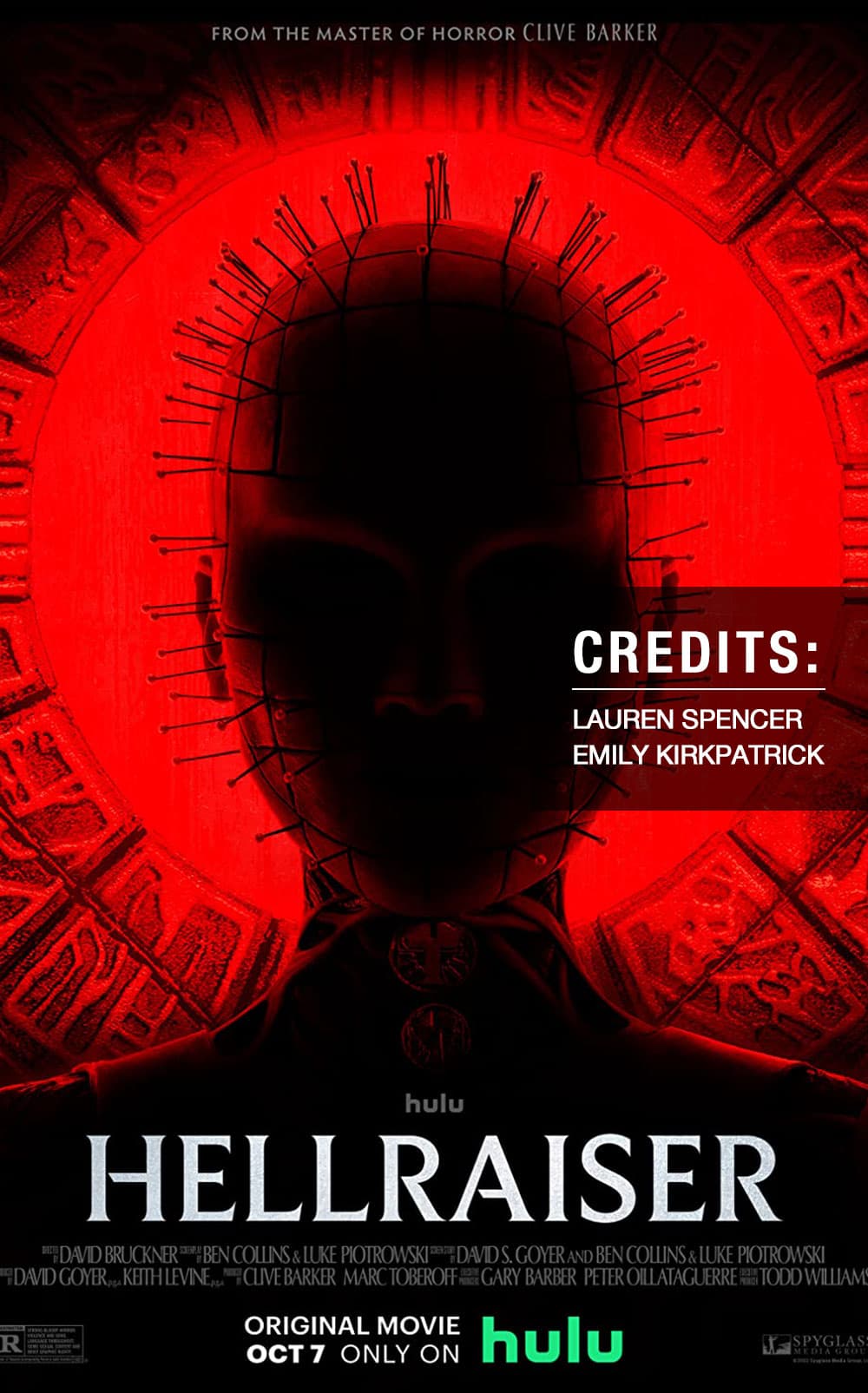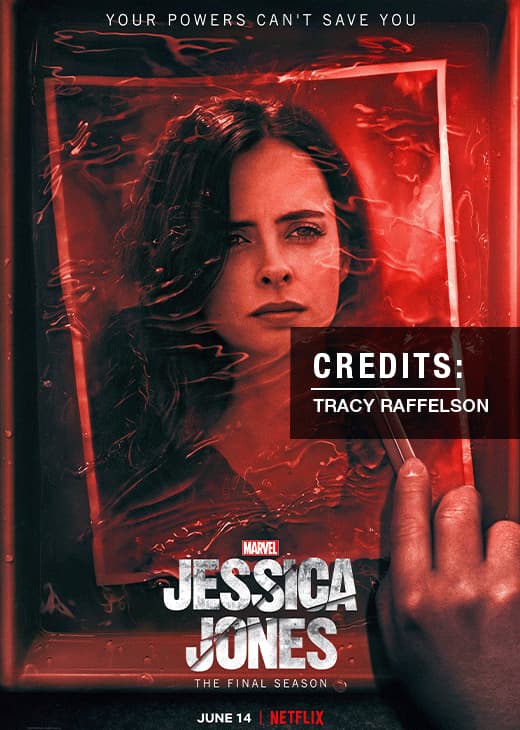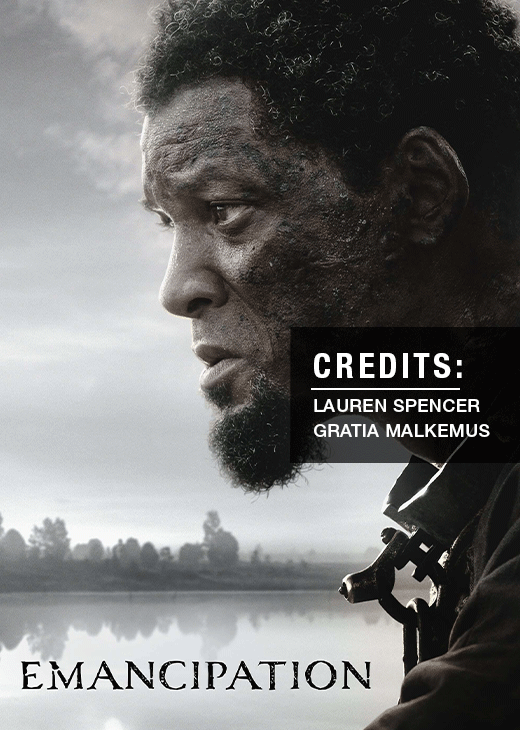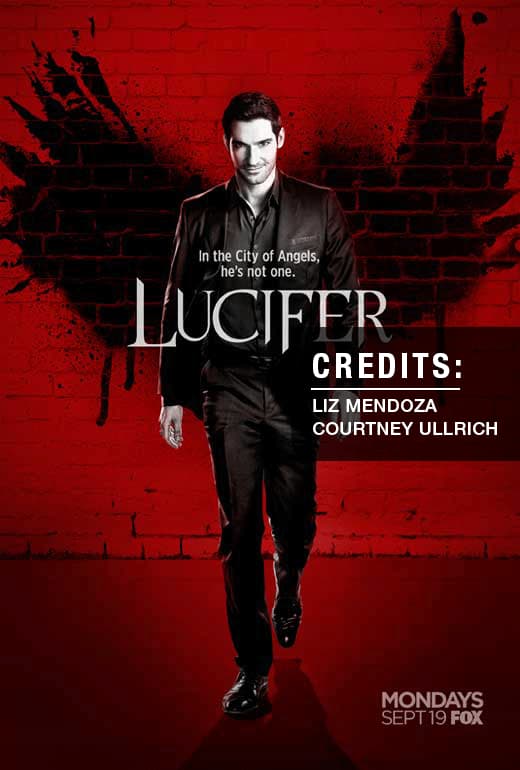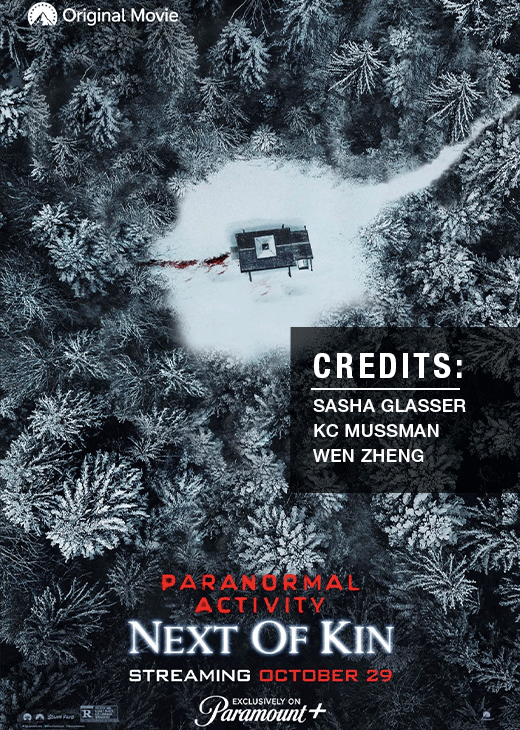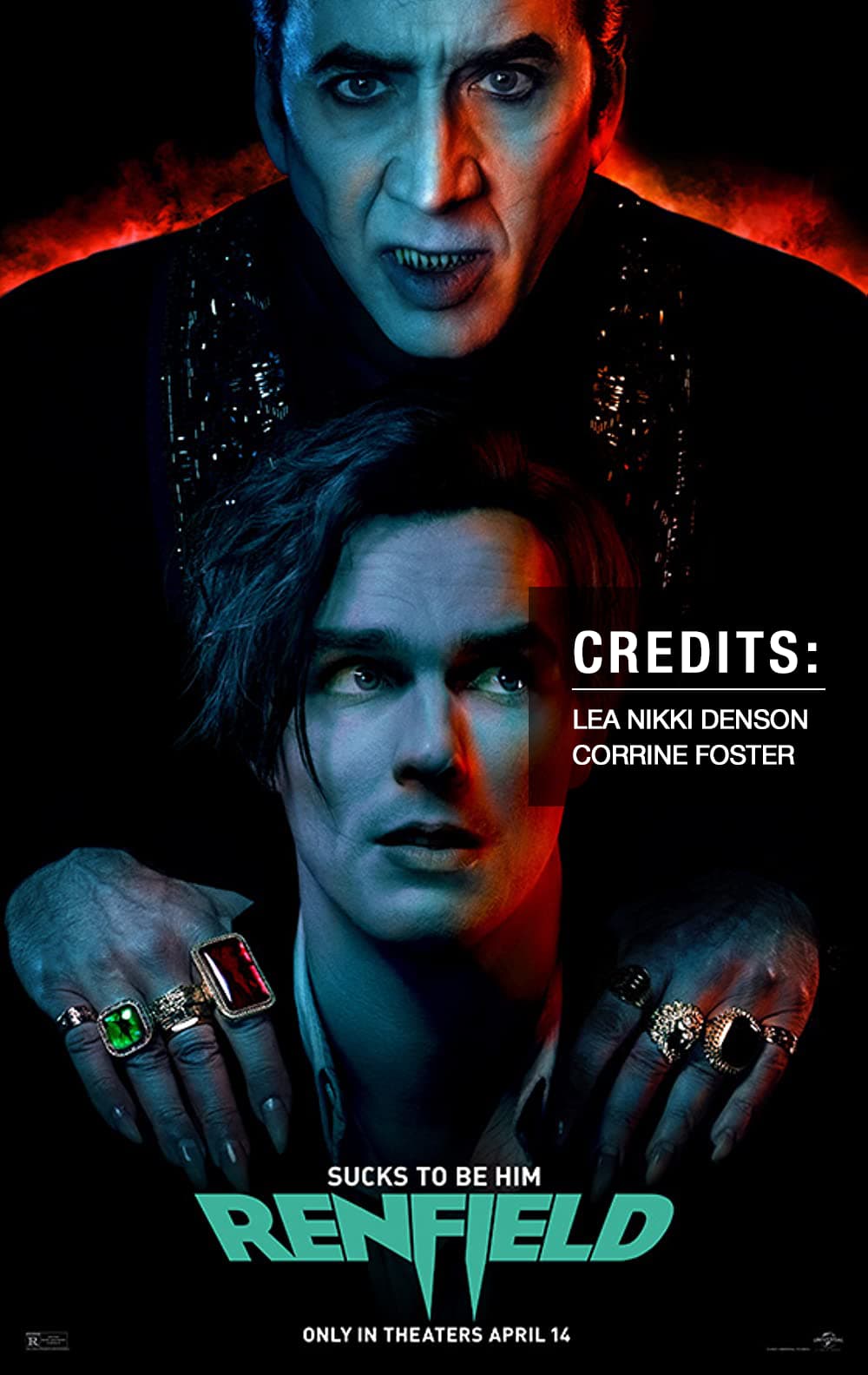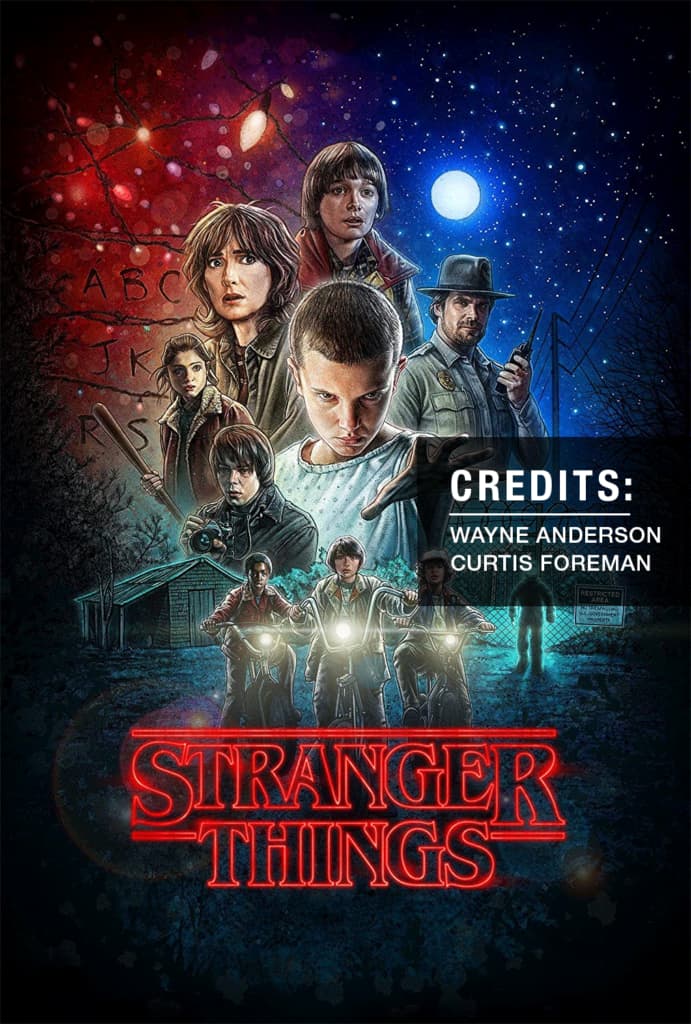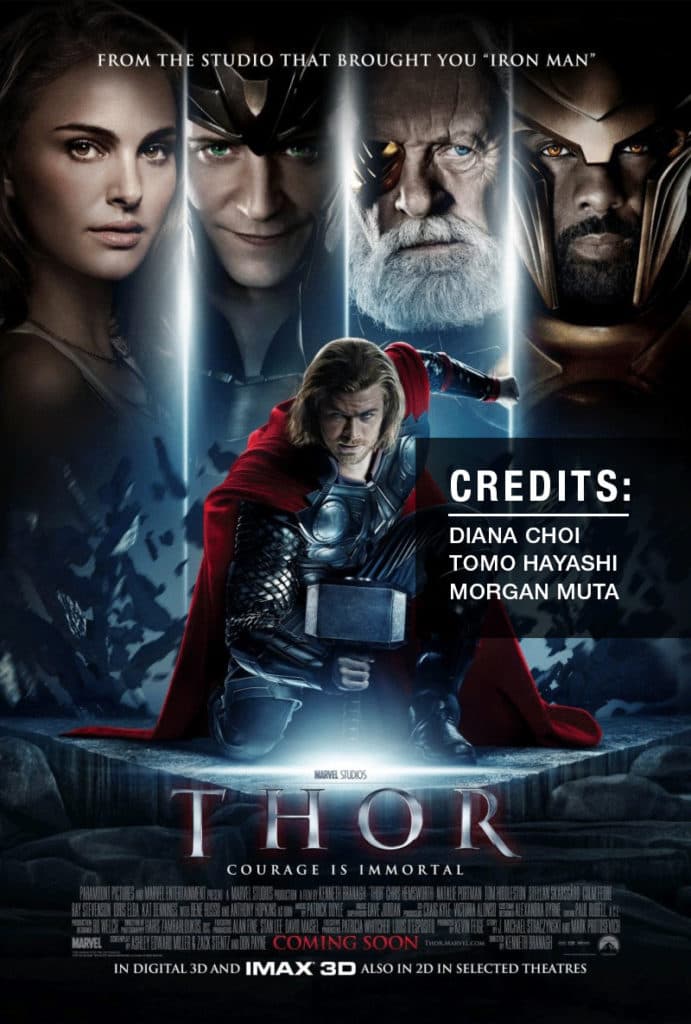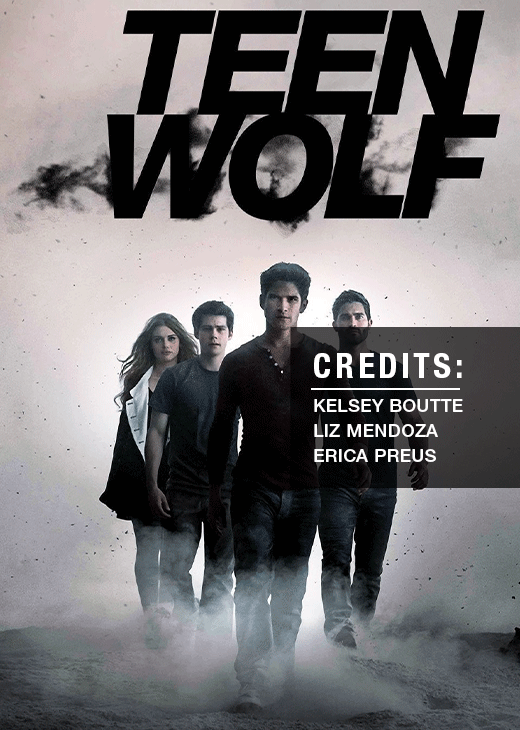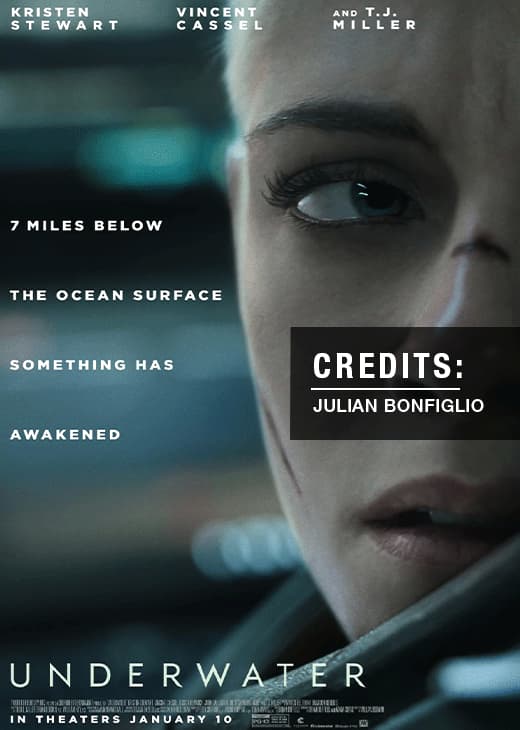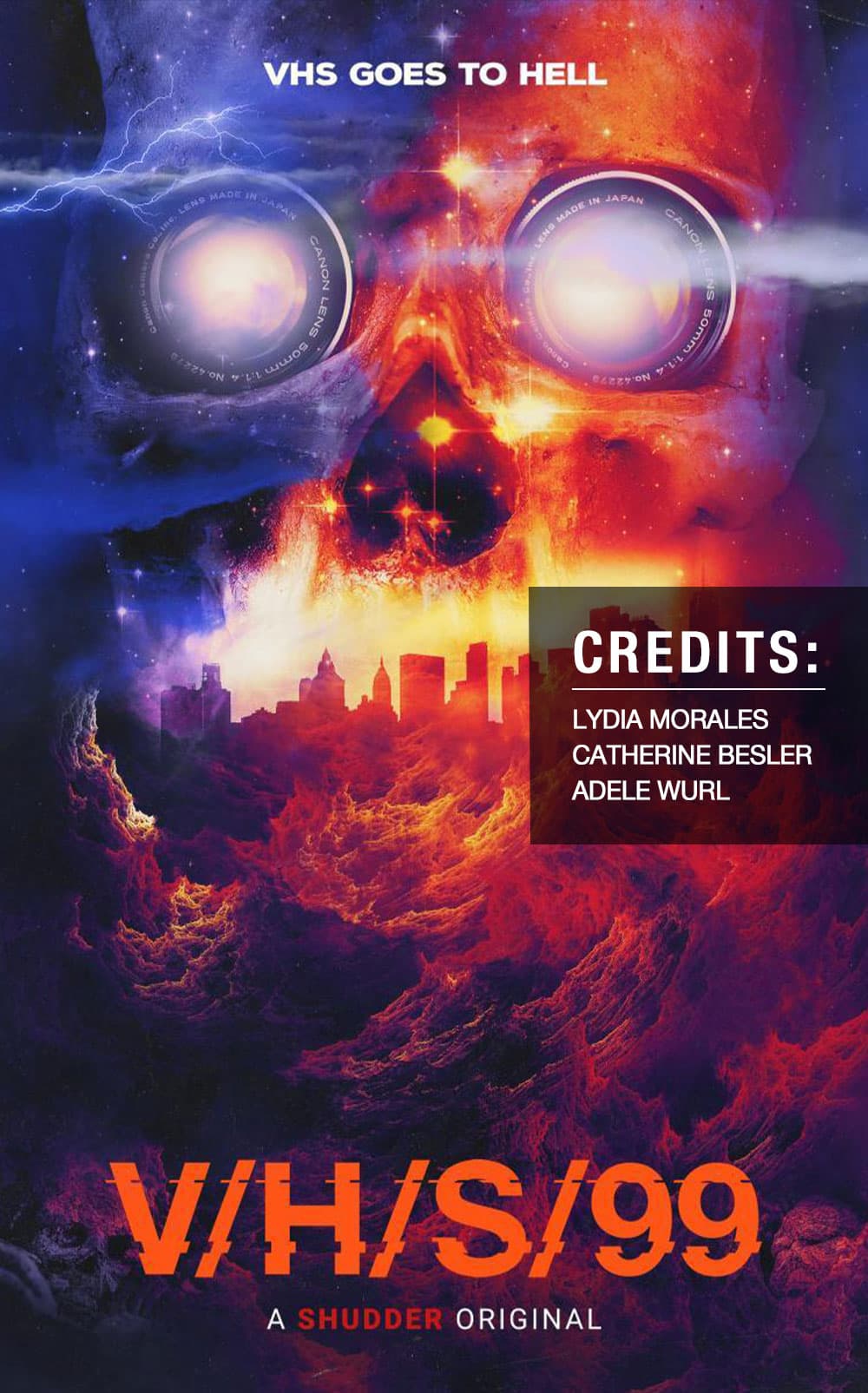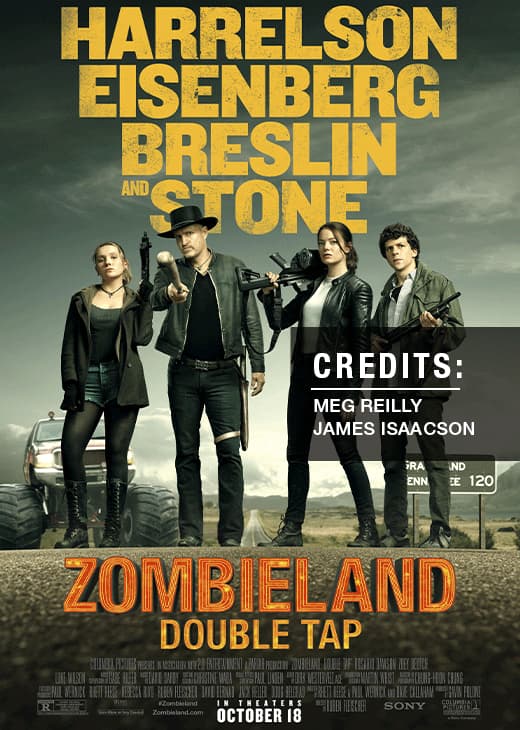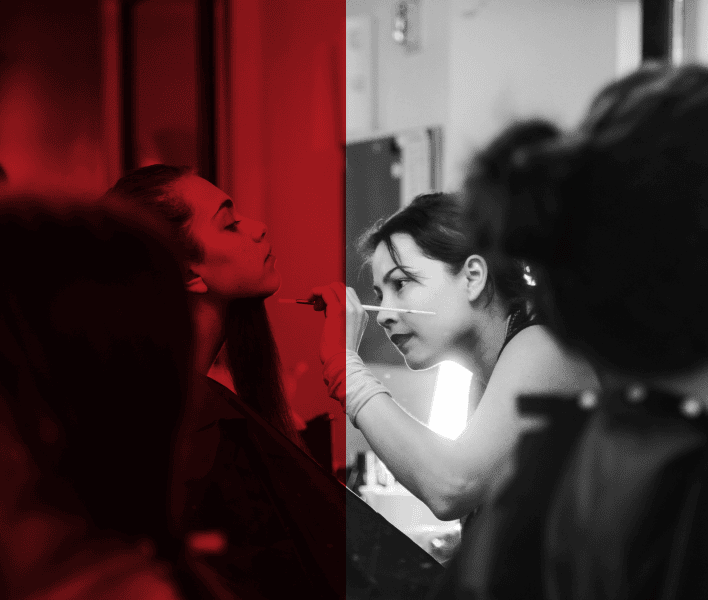Ever wondered how your favorite movie monsters, superheroes, or gruesome injuries come to life on screen? The secret lies in two powerful techniques: SFX makeup and Prosthetic makeup. While often confused, these methods have distinct purposes and techniques that define their use in the entertainment industry.
Let’s break them down to understand their meaning, applications, and differences.
What is SFX Makeup?
Special Effects Makeup is an essential technique used in the film, television, theater, and photography industries to create visually striking and sometimes shocking illusions that enhance storytelling.
It’s a creative and technical art form where makeup artists use a variety of materials and methods to alter a person’s appearance, often to create wounds, injuries, fantasy characters, or transformations that go far beyond what traditional makeup can achieve.
SFX makeup can range from simple bruises or cuts to more complex effects such as burns, scars, and even fantastical creatures like zombies or monsters. It is often referred to as “transformational makeup” because of its ability to drastically change a person’s appearance.
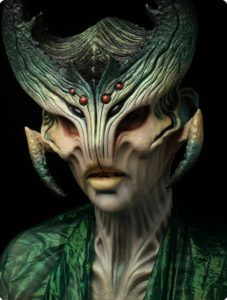
Learn Creature Maquette Sculpting here!
Techniques Used in SFX Makeup:
1. Bruising and Wounds – These effects involve the use of paints, wax, or silicone to create highly detailed and convincing injuries.
These could range from minor cuts to major lacerations, with the makeup artist using colors and textures that mimic bruising, swelling, and scarring to give the illusion of real damage to the skin.
2. Aging Makeup – Aging effects involve creating realistic wrinkles, age spots, and sagging skin. This can be achieved through various techniques like latex application, painting, or stippling.
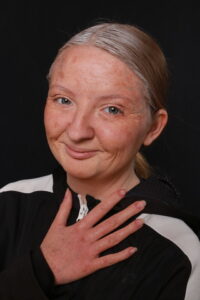
SFX Makeup Artists often use prosthetics or gel products to create the appearance of skin aging, giving characters the look of someone many years older.
3. Burn Effects – Burns and other skin injuries are commonly made using materials like gelatin, silicone, or special gels that mimic different degrees of burns, from first-degree redness to the gruesome appearance of third-degree burns.
These techniques often require the careful layering of materials to build texture and depth.
4. Zombie and Gore Effects – Liquid latex, fake blood, and tissue paper are some of the essential materials used for gruesome effects, such as creating zombies or monstrous gore.
These effects are frequently used in horror movies and TV shows, with makeup artists combining blood splatter, rotting skin, and decayed tissue to create lifelike zombie transformations or gruesome injury scenes.
5. Bald Caps & Body Painting – SFX makeup also extends to full-body transformations, such as using bald caps to give characters a hairless look, or body painting to create entire scenes or patterns on the skin.
This is often used for body-modification characters or dramatic, over-the-top costumes.
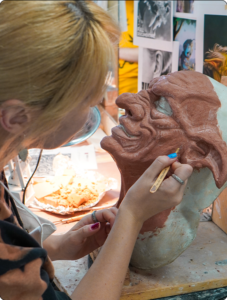
Enroll in the Character Makeup Course to Create Stunning Characters!
What is Prosthetic Makeup?
Prosthetic makeup is a more specialized subset of special effects makeup. It involves the creation of pre-sculpted and molded pieces that are then applied to an actor’s skin to alter their appearance dramatically.
These prosthetic appliances are usually made from materials like foam latex, silicone, or gelatin, and can be used to create a vast range of effects, from subtle enhancements to full-body transformations.
Common Uses of Prosthetic Makeup:
- Character Transformations – Prosthetic makeup is often used in films and TV shows to transform actors into creatures, aliens, or fantasy beings. This could include everything from animalistic features to completely alien or monster-like transformations.
- Facial Enhancements – Prosthetics are used to enhance specific facial features, such as creating larger noses, exaggerated chins, or transforming cheekbones. This allows actors to take on a completely different appearance while still allowing their acting talent to shine through.
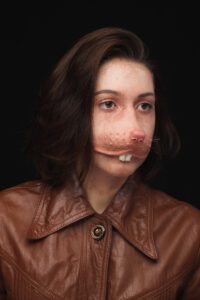
- Full-Body Suits – In some high-budget films, full-body prosthetic suits are used to completely alter the actor’s form. These suits could be used for everything from creating superhero costumes to turning an actor into a completely different being or creature.
- Hyper-Realistic Aging – Prosthetic makeup can be used to create highly detailed and hyper-realistic aging effects. Prosthetic aging involves the application of finely crafted pieces that replicate the true texture and appearance of aged skin, adding wrinkles, sagging, and age spots that look incredibly lifelike.
- Monster & Sci-Fi Effects – For high-budget productions that require intricate details, prosthetics provide the ability to craft highly detailed and durable effects. This includes creating realistic monsters, aliens, and robots that would be impossible to achieve with traditional makeup techniques alone.
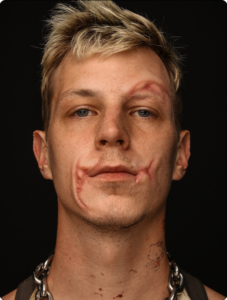
Prosthetic Makeup Process:
Creating prosthetic makeup is a more labor-intensive process than standard SFX techniques. It typically involves several steps, including:
- Sculpting: The artist sculpts the prosthetic piece using clay or other materials to match the intended design.
- Molding: Once the sculpture is complete, a mold is made, often using silicone or latex, to create a precise replica of the sculpted piece.
- Painting and Detailing: After the prosthetic piece is cast and cleaned, it’s painted with special makeup paints to match the desired color and texture. Artists may use airbrushes, sponges, or brushes to carefully detail the piece.
- Application: The prosthetic is then applied to the actor’s skin using adhesives, and the seams are blended to make the transformation seamless.
Key Differences Between SFX and Prosthetic Makeup:
| Feature | SFX Makeup | Prosthetic Makeup |
| Definition | Makeup effects applied directly to the skin for transformations and injuries | Pre-made prosthetic pieces applied to change facial or body features |
| Materials Used | Liquid latex, wax, paints, gelatin, silicone | Foam latex, silicone, gelatin, resin |
| Application | Hand-applied directly onto the actor’s skin | Requires molds, sculpting, and fitting |
| Time Requirement | Quicker to apply, can be done on set | Requires pre-production work, longer application time |
| Complexity | Simpler techniques like wounds, scars, and burns | Involves lifecasting, sculpting, and detailed painting |
? Quick Communication Tip:
Understanding the difference between SFX makeup and prosthetic makeup is crucial. Recognizing which technique to use in different situations will help you create the most effective and realistic effects for your project.
Where to Learn SFX and Prosthetic Makeup?
If you’re passionate about bringing your wildest creative visions to life, there’s no better place to start than at Cinema Makeup School! Whether you’re drawn to creating jaw-dropping special effects or transforming actors with stunning prosthetics, we’ve got you covered.
As part of Cinema Art College Corp, Cinema Makeup School offers hands-on training, expert mentorship, and real-world industry experience to prepare students for careers in film and theater.
Why settle for the ordinary when you can learn from the best?
Our expert-led SFX Makeup Course is designed to give you the hands-on experience and industry insights you need to excel.
Ready to take the next step? Apply here and start your journey with us!
Exclusive Deal!
Don’t miss out on our 5-Day CRASH COURSE in Character Makeup! This immersive, hands-on session will give you the tools and techniques to create jaw-dropping characters, from the ground up.
Choose your preferred dates and get started!
? Special Offer: Bundle & Save!
- $1500 for the Character Makeup Crash Course (Materials included!)
- $3000 for the Character + Prosthetics Crash Course (Materials included!)
Spots are limited, so secure your place today!
Related Articles:
Top 5 Tips for Beginner Makeup Artists
How To Become a Makeup Artist for Films?
Top 6 Trends in the Makeup Industry 2025
SFX and prosthetic makeup are two powerful techniques that play a crucial role in bringing characters, monsters, and dramatic transformations to life on screen. While both share a common goal of altering appearances for storytelling, they differ significantly in their approach and application.
Both techniques demand creativity, technical skill, and a deep understanding of how materials can be manipulated to mimic reality. With the right tools, techniques, and creativity, you can bring any character or creature to life in a way that captivates and thrills audiences.








